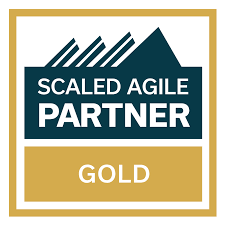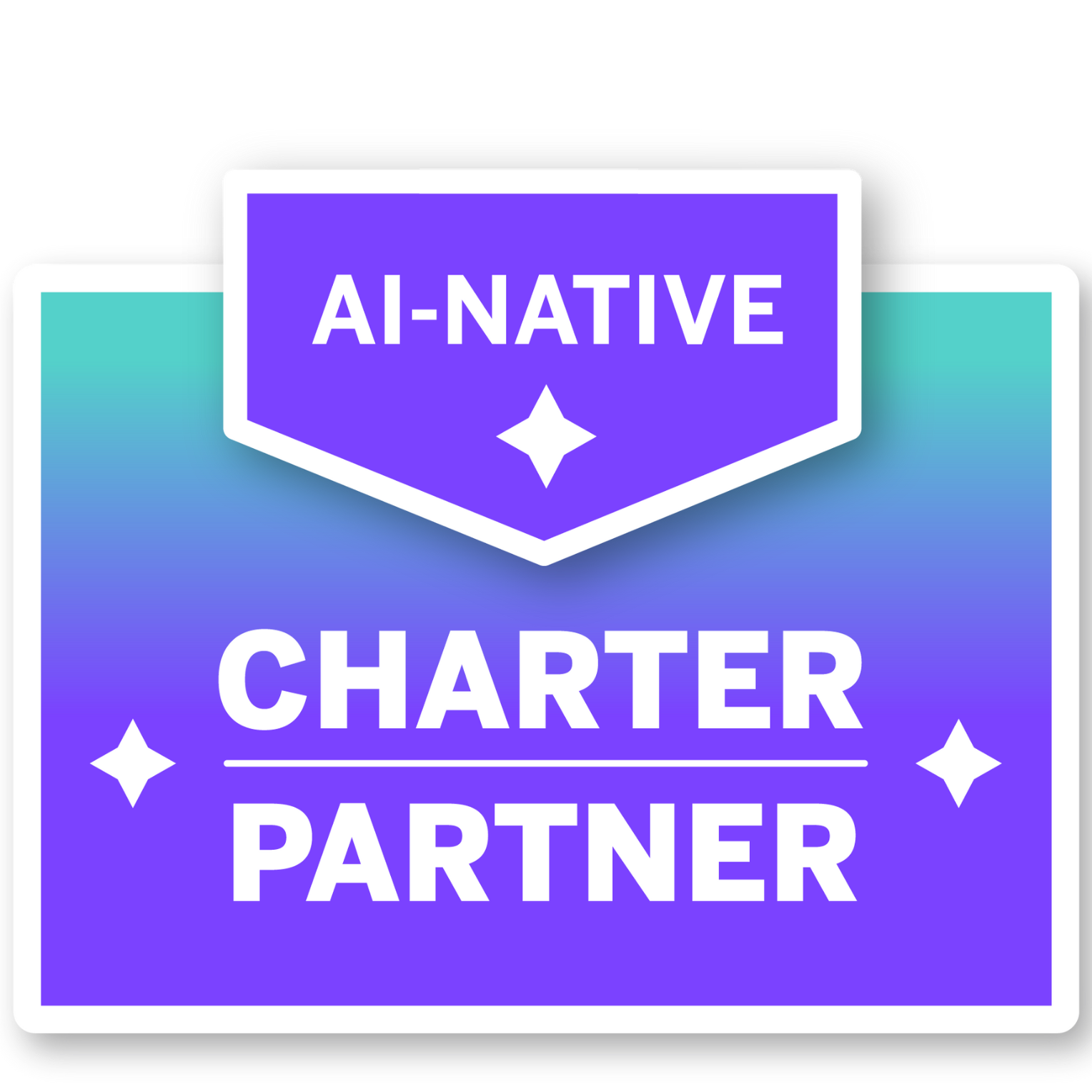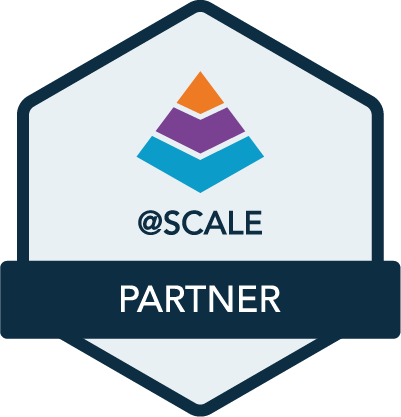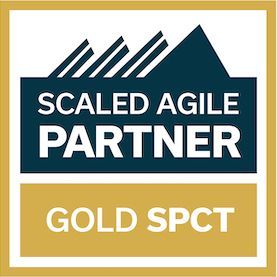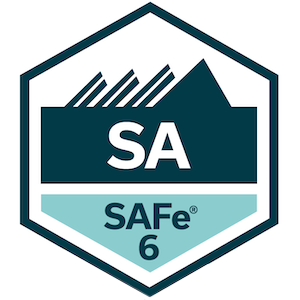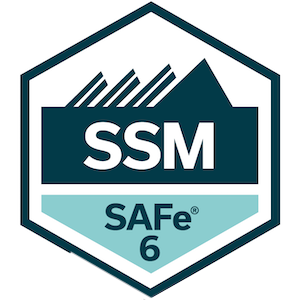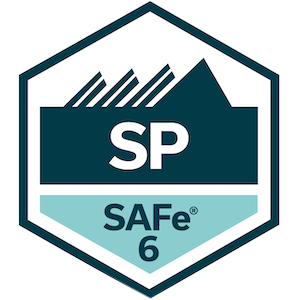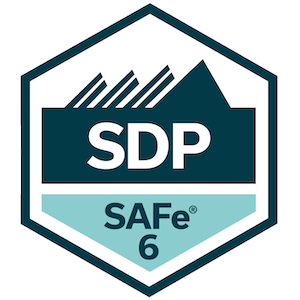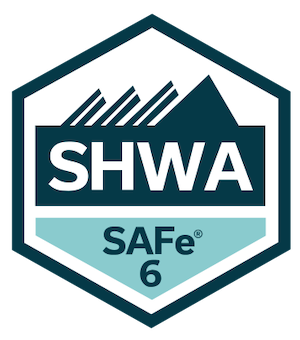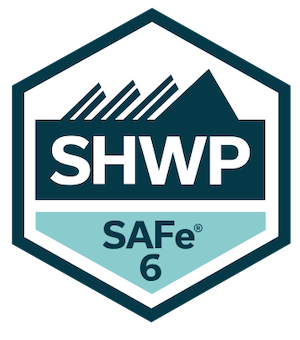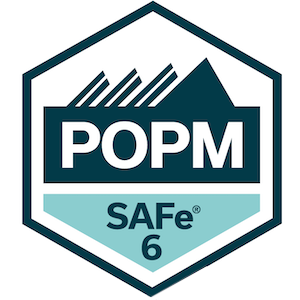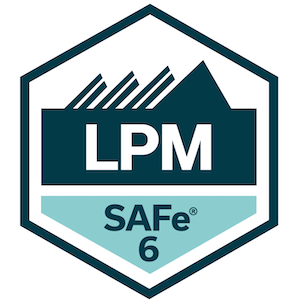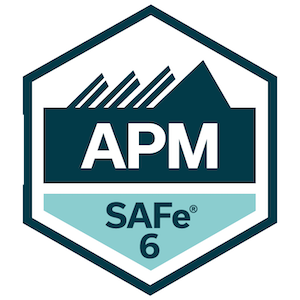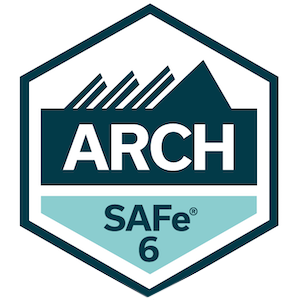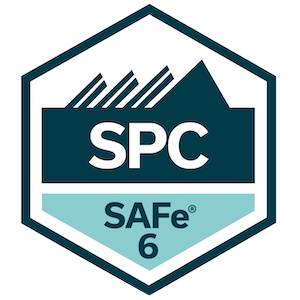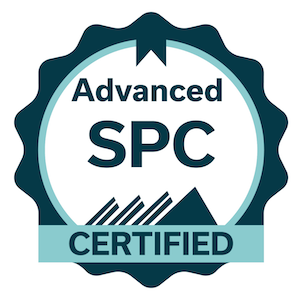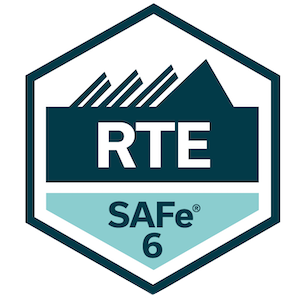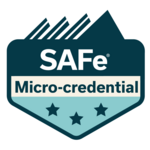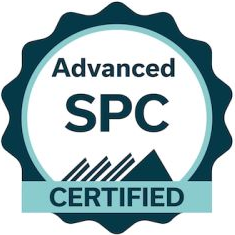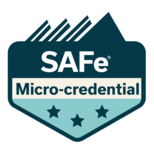SAFe Trainings in Detail: Which Course is Right for You?
To help you find the right SAFe training for your requirements, we have explained all SAFe courses in detail here. What questions are covered, what content is clarified, who is the course aimed at and what is all included in the price?
New: SAFe® for Hardware (SHWA)
For engineers, product leaders, and hardware executives
Many organizations developing hardware-reliant solutions face unique challenges when attempting to adopt Lean-Agile practices. The gap between traditional engineering processes and modern agile methodologies can seem overwhelming, but it doesn’t have to be.
SAFe for Hardware is a comprehensive two-day course designed to bridge that gap. It enables organizations to seamlessly integrate SAFe principles into hardware development, accelerating delivery and maintaining flexibility, all while navigating the complexities of large system designs.
Tailored specifically for hardware organizations, SAFe for Hardware offers practical strategies that can be implemented immediately. This course goes beyond theory to help organizations drive faster results and smoother workflows.
Course participants benefit from Gerd Wessling's high level of practical experience: the Scagilize founder has already successfully managed several SAFe transformations in hardware and cyber-physical product developments and production plants.
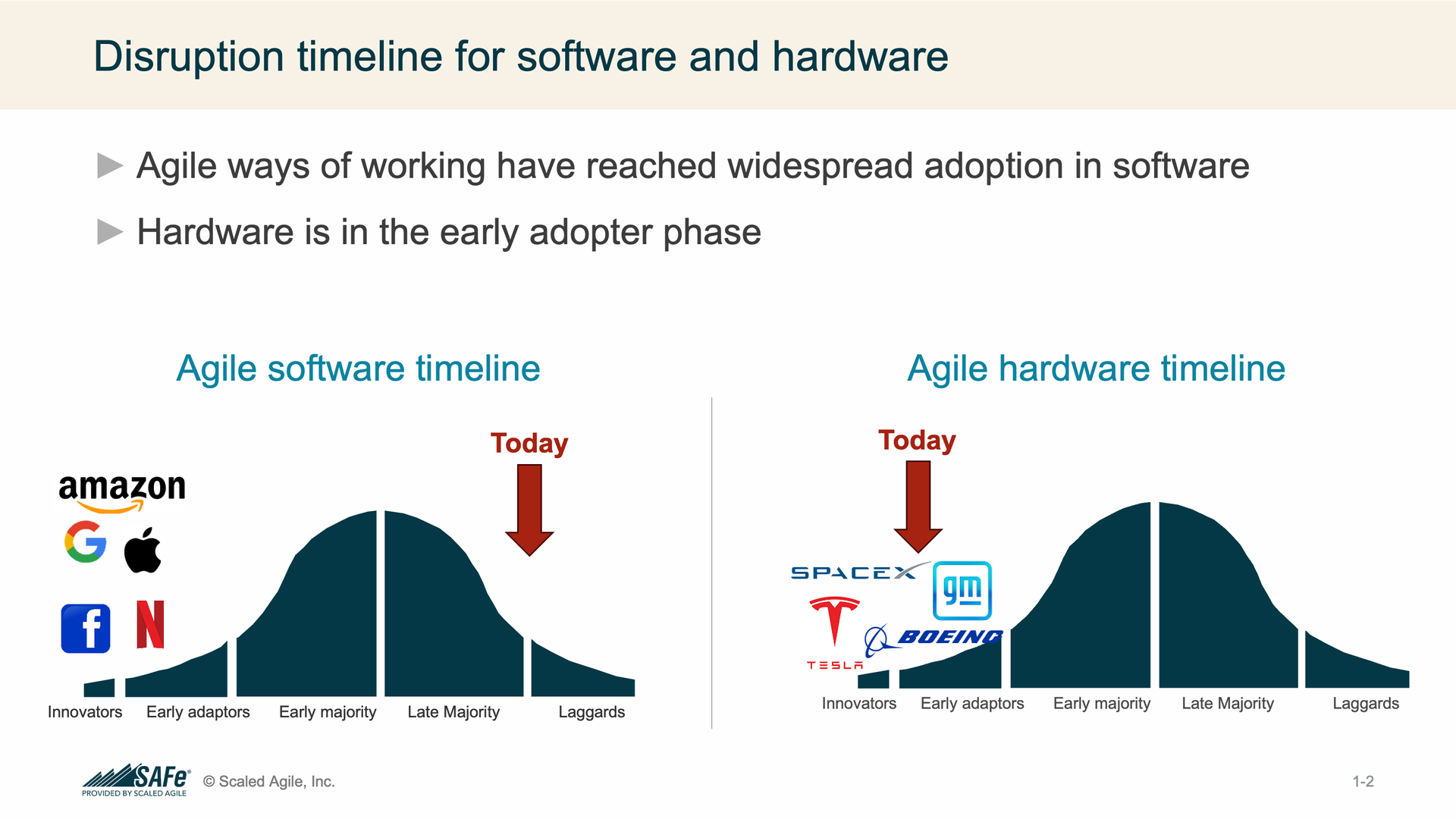
New: SAFe® for Hardware Teams (SHWP)
Build hardware at the speed of innovation
Learn how to apply Agile principles to complex hardware development environments using SAFe. This course empowers cross-functional teams to plan, deliver, and evolve physical systems with speed, quality, and compliance.
Gain Practical, Hardware-Focused Skills
Acquire actionable skills in Lean-Agile practices, risk management, and supplier alignment, all tailored for complex hardware development environments
Master Agile Planning for Hardware
Learn techniques for continuous integration, effective compliance, and adaptation to change, specifically optimized for mechanical, electrical, and software synchronization within hardware ARTs
Build Industry-Recognized Expertise
Achieve the SAFe Hardware Practitioner (SHWP) certification, validating your ability to accelerate delivery, improve flexibility, and drive business value in the rapidly evolving hardware industry
Hardware development teams face unique challenges when adopting Agile—longer lead times, safety-critical constraints, and siloed teams. SAFe for Hardware Teams addresses these challenges directly. Unlike traditional Agile courses focused on software, this two-day, instructor-led certification course provides guidance and examples purpose-built for mechanical, electrical, and systems engineering environments.
Participants will learn how to apply SAFe principles in a physical product context—enabling faster feedback, better collaboration across teams, and higher delivery confidence.
Leading SAFe® (SA)
New to the Scaled Agile Framework®? Leading SAFe® offers you an introduction to the foundations of SAFe, and provides the principles and practices to drive your Lean-Agile transformation with confidence. The course also offers the guidance and tools you need to lead effectively in remote environments with distributed teams.
SAFe® for Teams (SP)
What does it mean to be part of an Agile team on an Agile Release Train (ART) that delivers value to customers? SAFe® for Teams covers the tactical skills to be a high-performing member of an ART. The course also gives you the guidance and tools you need to work effectively in remote environments with distributed teams. Get the most out of your learning experience by taking it in context with your team and other teams on your ART.
SAFe® Scrum Master (SSM)
Are you curious about how to coach Agile teams to deliver maximum business value at scale? The
SAFe® Scrum Master course covers the tactical skills to be an effective Scrum Master in a SAFe organization. And gives you the guidance and tools you need to work effectively in remote environments with distributed teams.
SAFe® DevOps (SDP)
Delivering valuable solutions, faster, doesn’t involve just engineers developing software. It involves introducing a shared DevOps mindset among all the people who define, build, test, deploy, and release software-driven products.
The
SAFe® DevOps course helps people in technical, non-technical, and leadership roles optimize their development value stream from end to end. Take this course with the rest of your cross-functional team to map your current value stream from concept to cash. Design a Continuous Delivery Pipeline that’s relevant to your business. And get the guidance and tools you need to work effectively in remote environments with distributed teams.
SAFe® Product Owner / Product Manager (POPM)
What skills do you need to deliver value in a Lean enterprise? The SAFe® Product Owner / Product Manager (POPM) course covers the tactical responsibilities of these roles in the Agile Release Train. The course also gives you the guidance and tools you need to work effectively in remote environments with distributed teams.
SAFe® Lean Portfolio Management (LPM)
Aligning strategy with execution is critical to any organization’s success and a key aspect of SAFe®. With a Lean Portfolio Management (LPM) approach, you can collaborate across silos, empower teams, and organize around value to adapt to what customers want, faster.
The Lean Portfolio Management course helps executives, project management officers (PMOs) and other key stakeholders plan dynamically and be flexible enough to adjust initiatives and budgets as the market changes. The course also provides the guidance and tools attendees need to work effectively in remote environments with distributed teams.
Agile Product Manager SAFe® (APM)
In SAFe®, product managers play a key role in the trio of leaders that includes architects and the Release Train Engineer. All of these people work together to lead the Agile Release Trains (ARTs) in continuously delivering value.
In the
Agile Product Management course, you’ll explore how to use design thinking to put your customers at the center and create products that are desirable, feasible, and sustainable. You’ll discover how continuous exploration fuels innovation. You’ll get the guidance and tools you need to work effectively in remote environments with distributed teams. And you’ll explore how to define a vision, strategy, and roadmap to satisfy existing customers and attract new ones.
SAFe® for Architects (ARCH)
In SAFe®, architects play a key role in the trio of leaders that includes product managers and the Release Train Engineer. It’s these people who work together to execute programs and guide Agile Release Trains (ARTs) to enable continuous value flow.
In the SAFe® for Architects course, you’ll get the context you need to align architecture with business value. You’ll understand how system, solution, and enterprise architects collaboratively deliver architectural solutions. And you’ll get the guidance and tools you need to work effectively in remote environments with distributed teams.
Implementing SAFe® with SAFe® Program Consultant Certification (SPC)
Are you ready to lead a Lean-Agile transformation? Do you need a deeper understanding of the Scaled Agile Framework? Would you like to teach SAFe courses yourself?
Implementing SAFe® with the option to become a certified SAFe Practice Consultant offers participants the most comprehensive insight into every level of a SAFe implementation. This course is for you if you want to take on a leadership role in a Lean-Agile transformation. You will receive the guidance and tools you need to lead effectively in remote environments with distributed teams.
Advanced SPC (ASPC)
Are you an active SPC ready to take your career to new heights? By earning your Advanced SPC, you’ll gain advanced competencies to support SAFe organizations and position yourself among the top lean-agile experts worldwide.
This four-day Advanced SPC certification course offers hands-on learning and certification based on proven Agile principles. It equips learners with job-ready skills and a renewable certification to deepen their agile expertise. In addition to career distinction, earning your Advanced SPC certification opens up additional training opportunities and access to key resources.
SAFe® Release Train Engineer (RTE)
This course is ideal for individuals ready to move from team-level facilitation to ART or program-level leadership. If you’ve led cross-functional initiatives, coached agile teams, solved problems across fast-moving environments, or worked closely with stakeholders at all levels, your experience will translate well to the Release Train Engineer (RTE) role. Many RTEs come from roles like scrum master or program manager.
In our Release Train Engineer (RTE) course, learn how to function as a servant leader for Agile Release Trains (ARTs), improving value flow in a SAFe enterprise. Gain skills to facilitate cross-team collaboration, remove barriers to progress, run ART events, and coach agile teams to better performance. Earn a globally respected certification that highlights your leadership in coordinating agile delivery across teams and functions.
Agile HR Explorer (AHRE)
This one-day introductory course is designed for HR professionals and leaders in a Lean-Agile environment to gain a high-level understanding of Agile methodology and its influence on Human Resources. In Agile HR Explorer, learners will explore the new world of work and learn why Agile is instrumental in creating more stable, responsive, and successful organizations.
The course was created by one of the leading thought leaders in the world of Agile HR, Just Leading Solutions (JLS)©.
Achieving Responsible AI with SAFe (RAI)
Achieving Responsible AI is a SAFe Micro-credential course designed to equip Agile professionals with the skills to implement Responsible AI in their organizations. This course is a blended learning experience that combines a
one-hour self-paced eLearning module
with a
half-day facilitated session focused on practical applications and real-world scenarios. Participants will learn to identify key stakeholders, evaluate RAI policies, draft Epic hypothesis statements, and create actionable plans for continuous improvement in Responsible AI practices.
Advanced Facilitator: Conflict & Collaboration
The SAFe Micro-credential Course “Advanced Facilitator: Conflict & Collaboration” empowers enterprises and teams implementing SAFe with the essential skills and techniques for effectively navigating conflict and promoting collaborative decision-making. It is a part of our Advanced Facilitator series of SAFe Micro-credential courses.
Through immersive facilitated sessions, participants will explore the sources of conflict, learn strategies for managing conflict resolution, and practice tools and techniques to enhance collaboration within their organizations.
Advanced Facilitator: Value Stream Mapping
The SAFe Micro-credential Course “Advanced Facilitator: Value Stream Mapping” is a blended learning experience designed to equip participants with the knowledge and confidence to facilitate Value Stream Mapping workshops effectively. It is a part of our Advanced Facilitator series of SAFe Micro-credential courses.
Through immersive facilitated sessions, participants will learn the principles and techniques of Value Stream Mapping, explore real-world case studies, and practice facilitation skills under the guidance of experienced facilitators.s.



